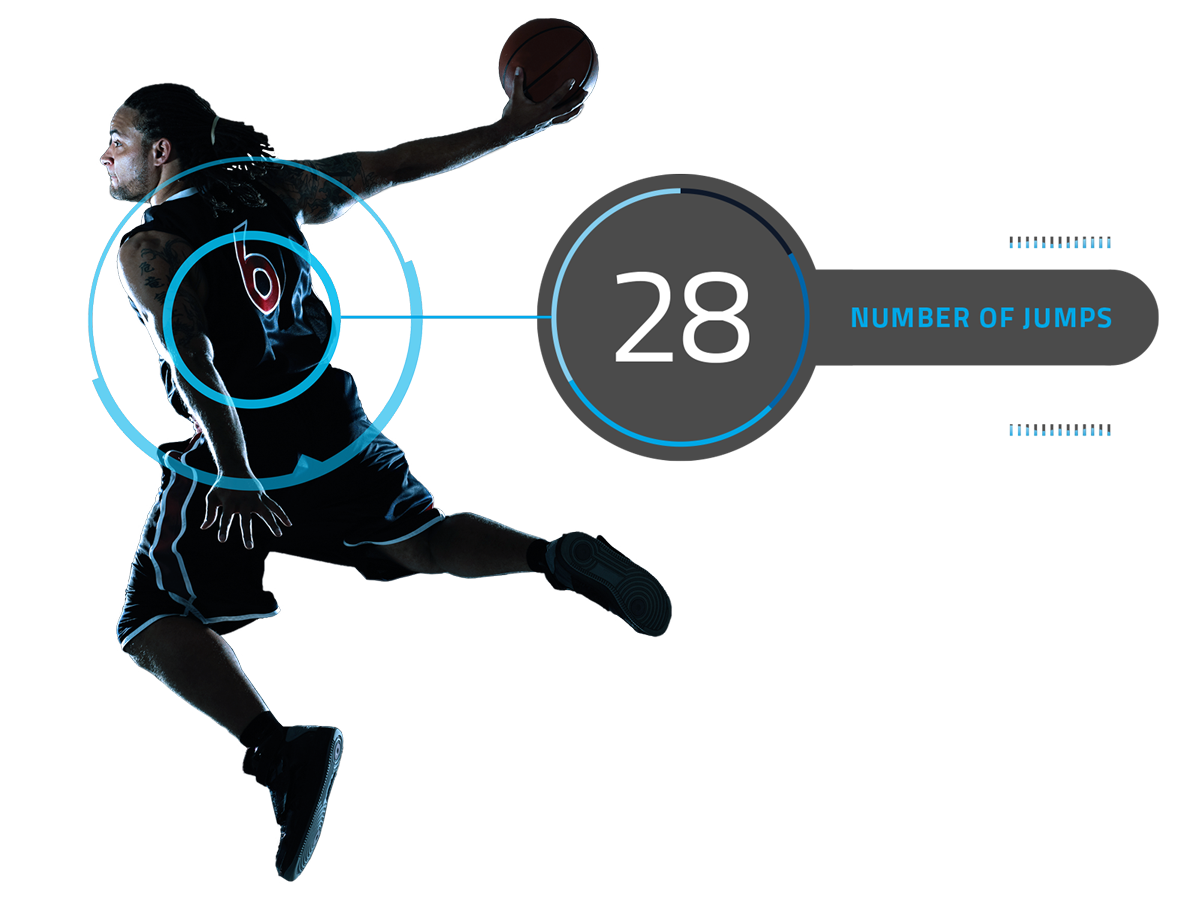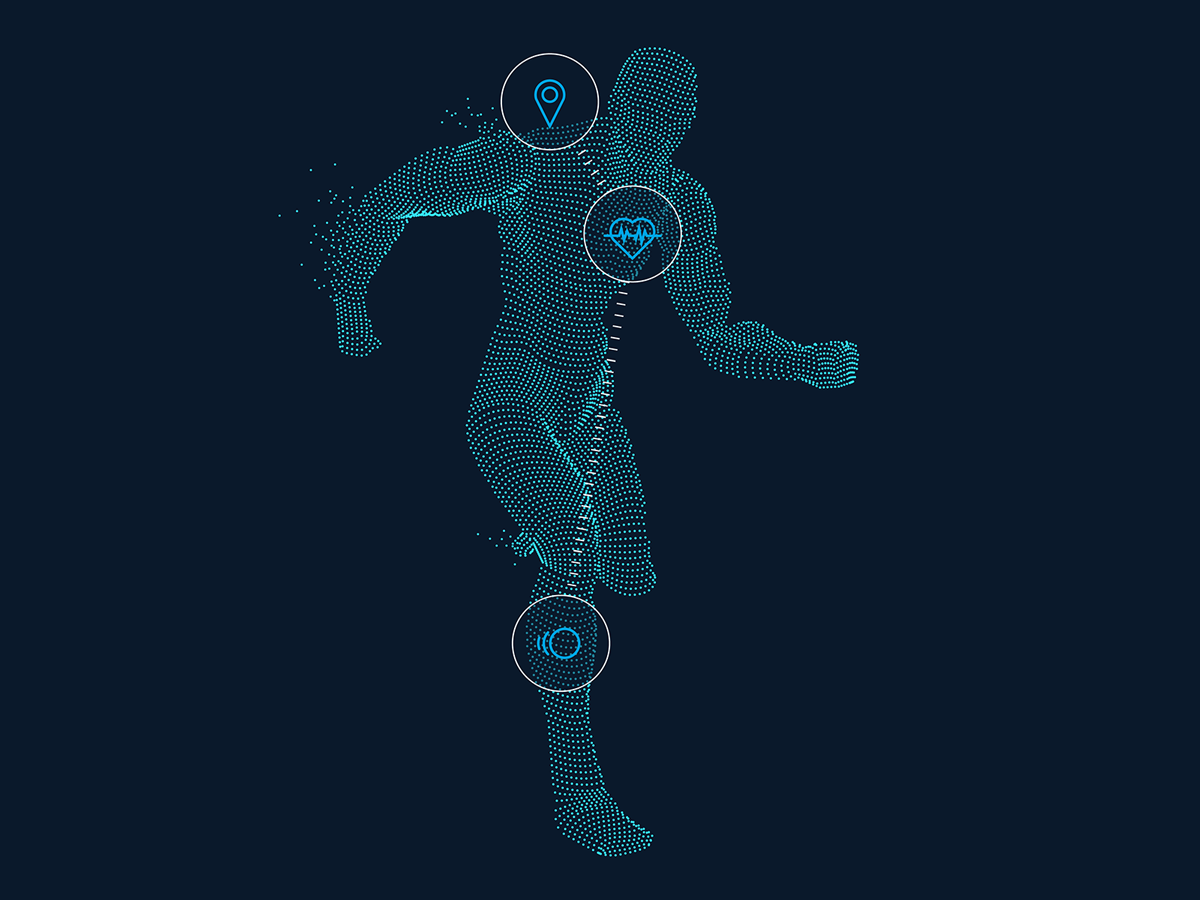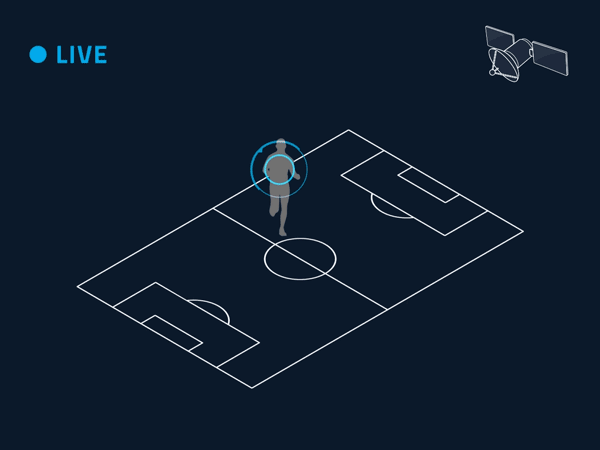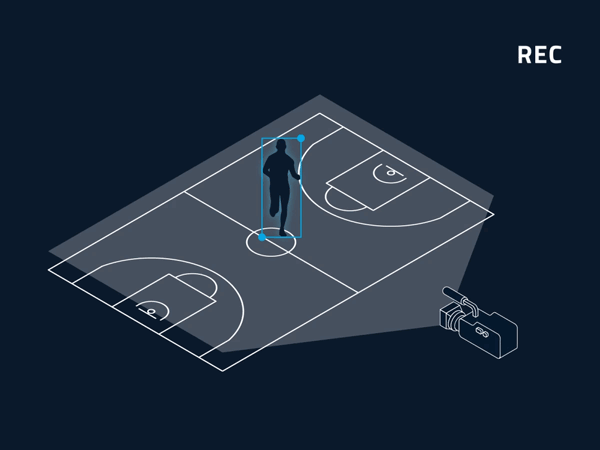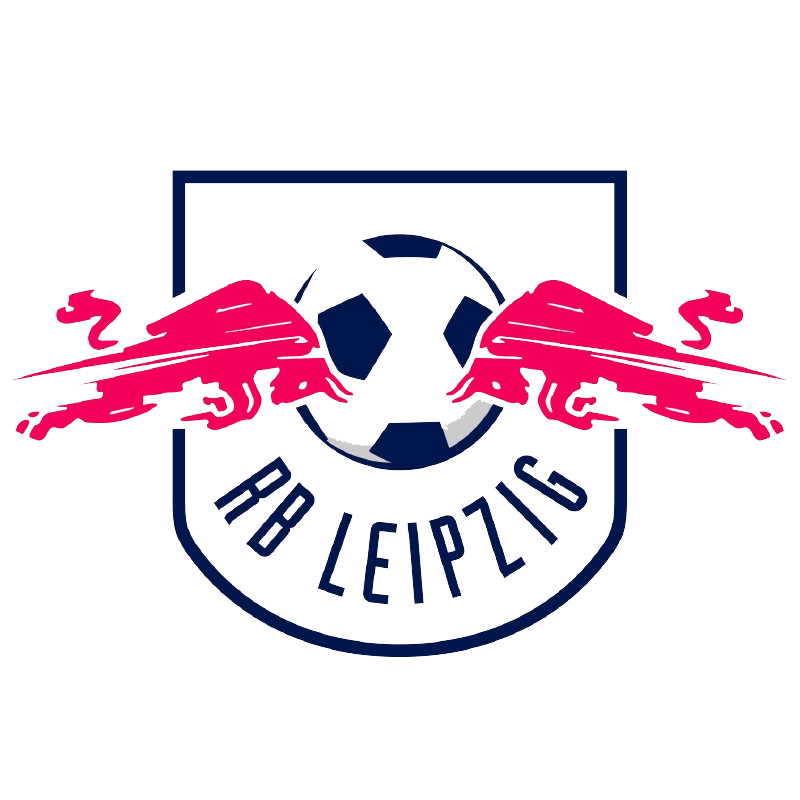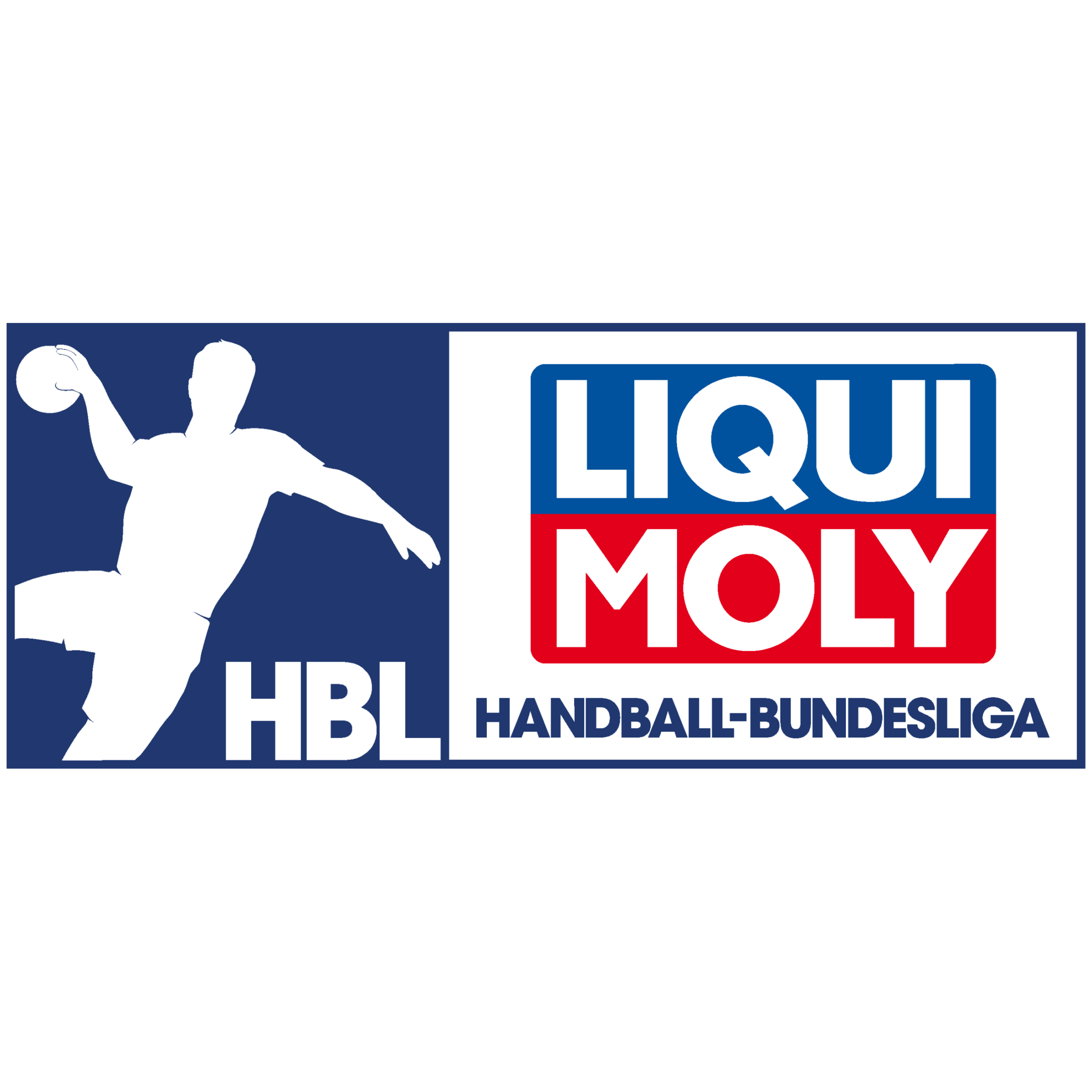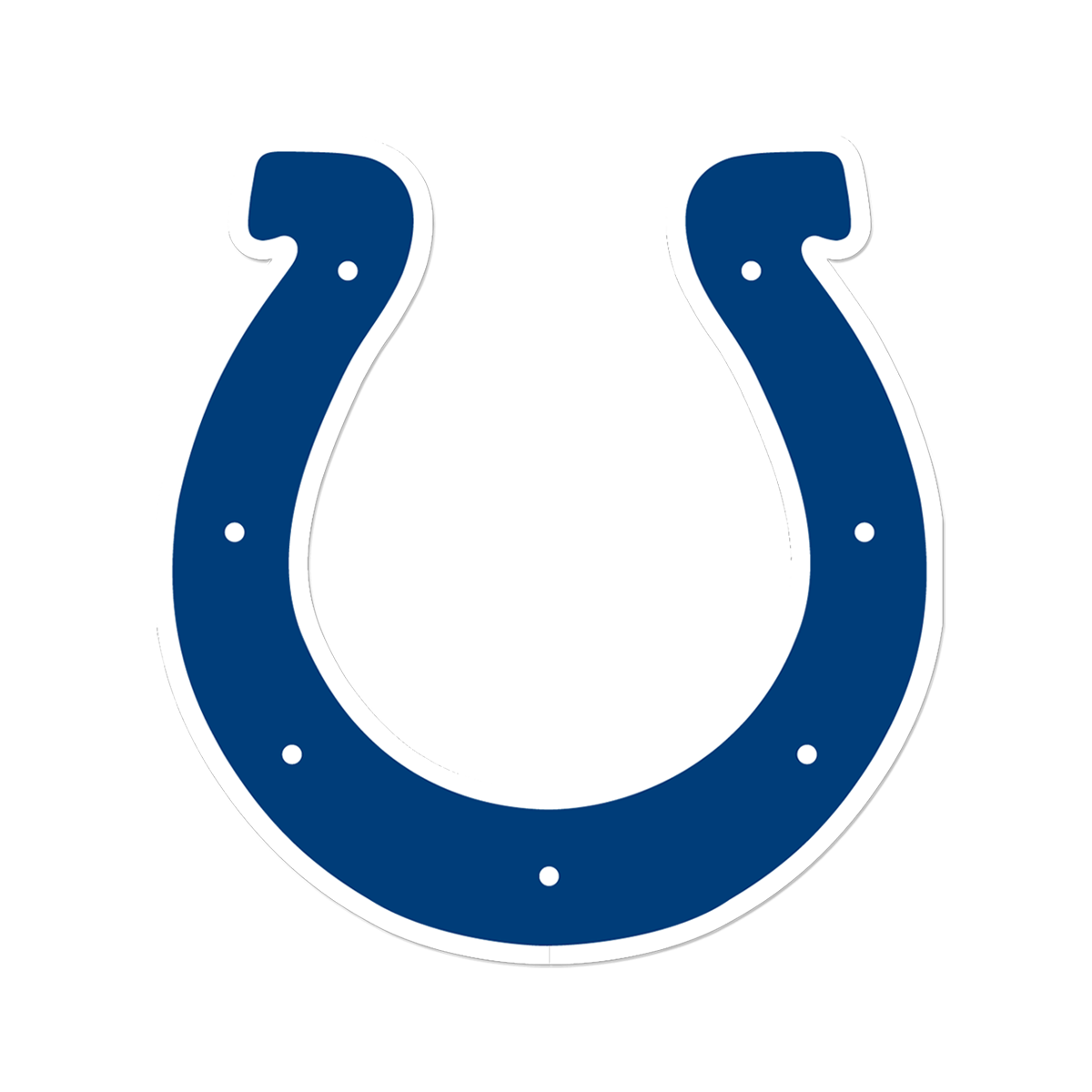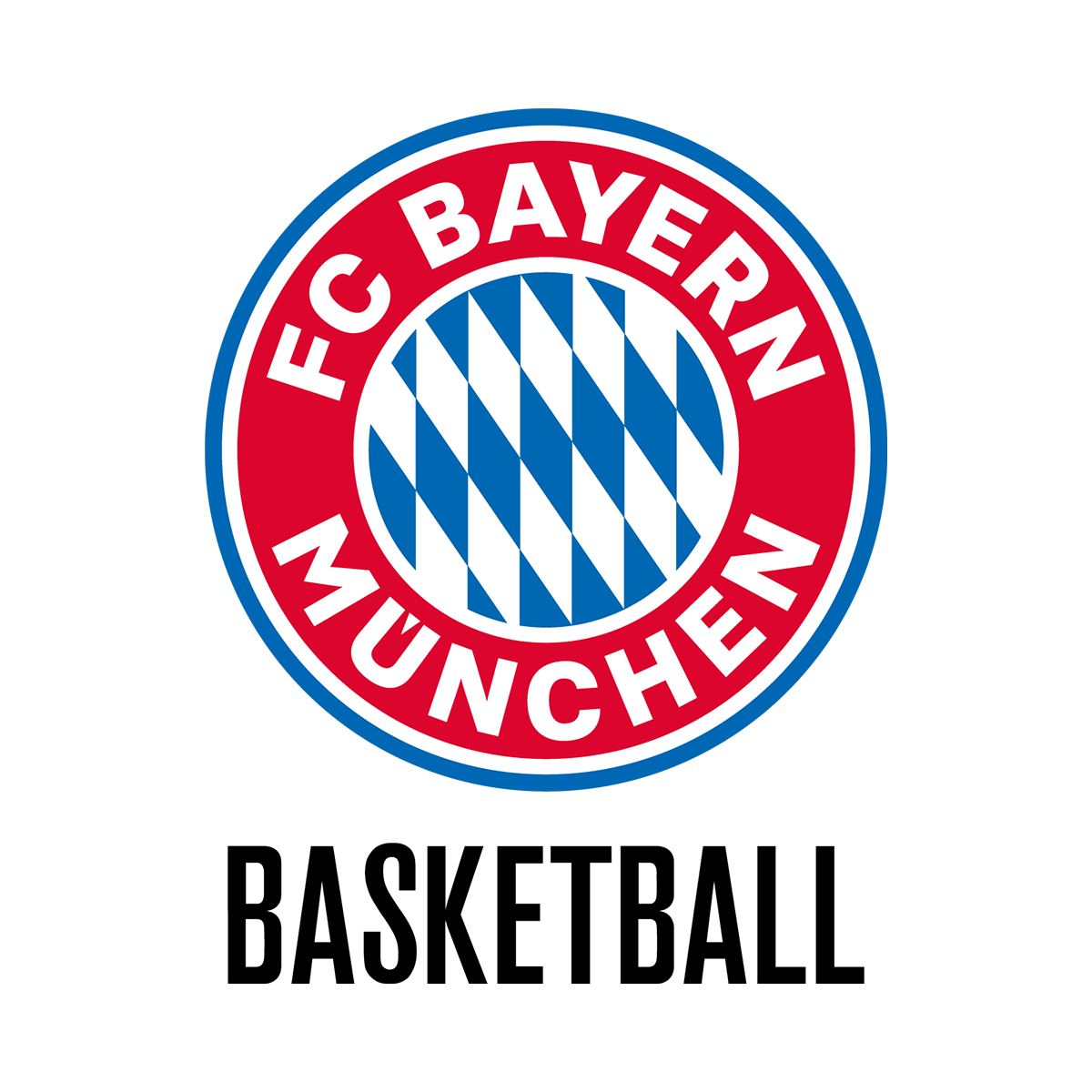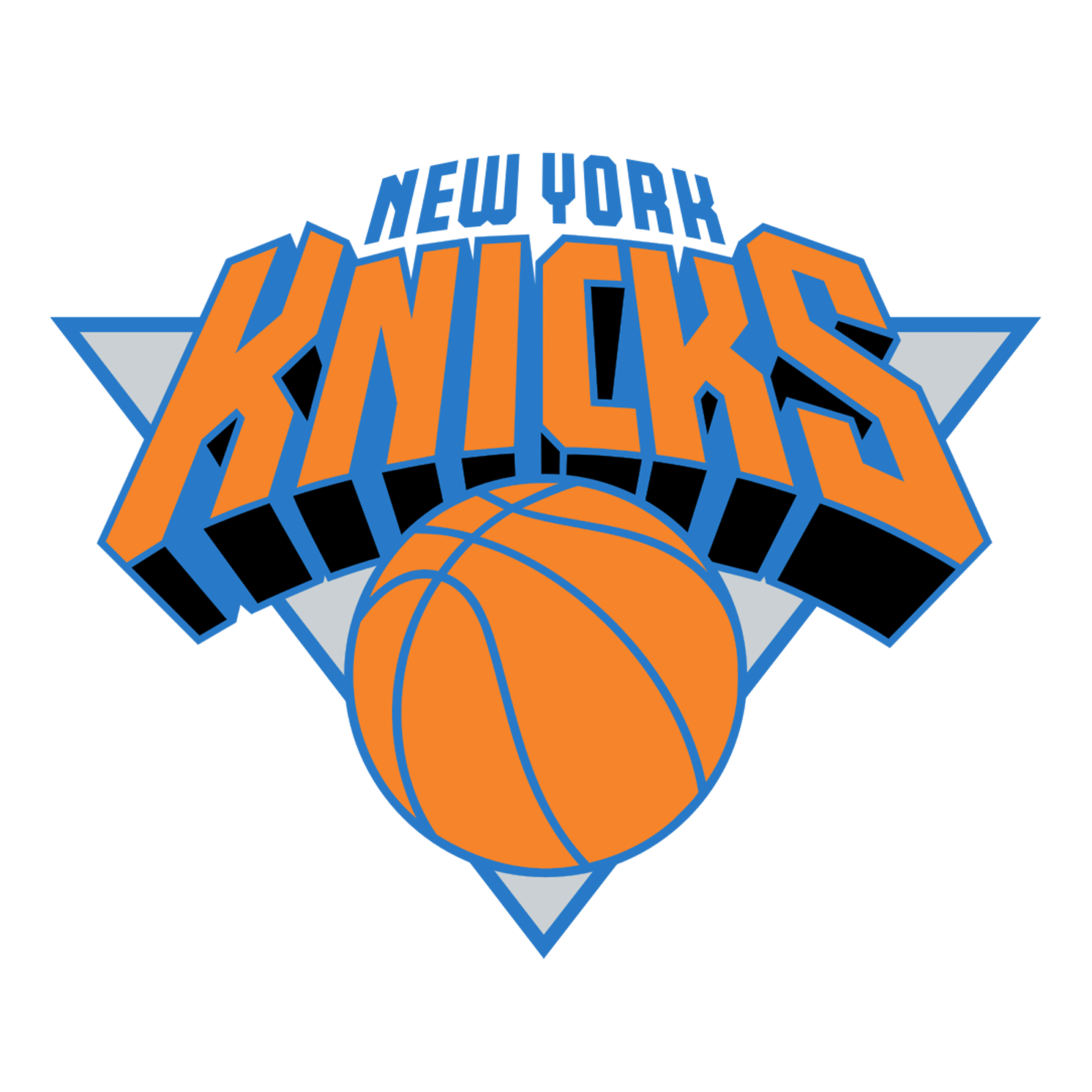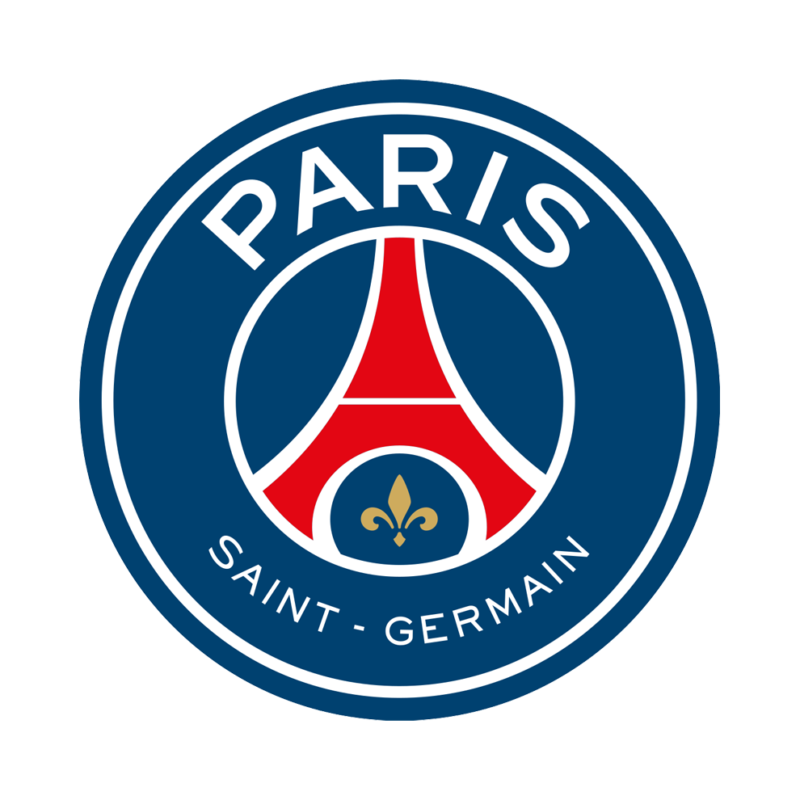Player Tracking
The Best Way to Capture Sports Data and Enhance Your Game
KINEXON player tracking systems capture vast amounts of sports data during practices and games. This data includes hundreds of metrics such as speed, acceleration, and mechanical load. This information provides you with insight on what action you should take for your team and your players.
Whether you’re refining strategies, optimizing player performance, or focusing on decreasing injury risks, our technology equips teams with unparalleled detail. But tracking data can go even further. It also helps to keep your fans engaged and prevent referees from making the wrong call when our sensors are integrated into the ball.
What is Player Tracking?
Player tracking refers to technological ways to capture positions and movements of athletes in sports. KINEXON relies on global (GNSS or GPS), local positioning systems (LPS), inertial measurement units (IMU), and optical data tracking (computer vision) for this purpose.

Athlete Tracking Technology
Global Positioning Systems (GPS) technology is commonly used to track the position and movements of players on outdoor fields. GPS sensors worn by athletes transmit their location data, allowing teams to analyze their movements, speed, and distance covered. KINEXON relies on GNSS for better data accuracy and reliability. GNSS and GPS work together, but the main difference between GPS and GNSS is that GNSS-compatible equipment can use navigational satellites from other networks beyond the GPS system, and more satellites means increased receiver accuracy and reliability.
Local Positioning System (LPS) is technology used to pinpoint indoor position. The system tracks the position and movement of players based based on Ultra-Wideband signals (UWB), providing real-time data with highest precision and reliability currently available.
Inertial Measurement Units (IMU) consists of sensors, such as accelerometers and gyroscopes. These sensors measure the acceleration, and angular velocity of the players, providing data on their movements and changes in direction. IMU does not offer opportunity to track positions.
Computer vision / optical data comes from a camera that provides a panoramic view of the entire court. Our AI algorithms analyze the video and extracts various metrics and insights. These can include speed, acceleration, distance covered, positional information, team formations, passing patterns, and more.
Reliable Tracking Data
Sports Data Analytics Elevate Your Insights
When it comes to tracking athletes, it’s the details that make the difference. Details that are barely be detected by the human eye can turn losses into wins. Our precise player tracking systems makes them visible – in real-time.
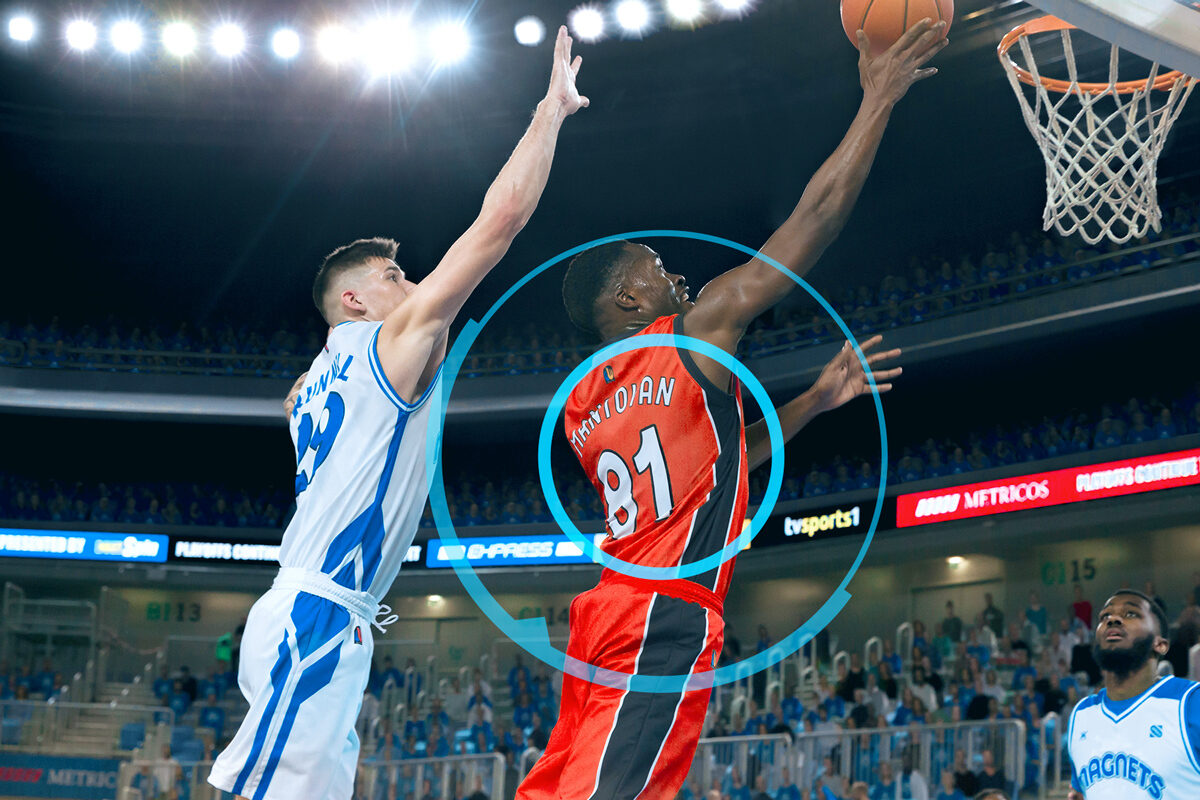
Jumps
Is a recently injured player really back to full capacity? Comparing physical metrics such as jumps to top individual performance measurements gives you the answer.


Sprints
Who will be able to keep up with the top sprinter of your upcoming opponent? By looking at the latest sprint data on your team, you’ll know your fastest sprinting athlete, who is able to sprint the most, and a lot more!
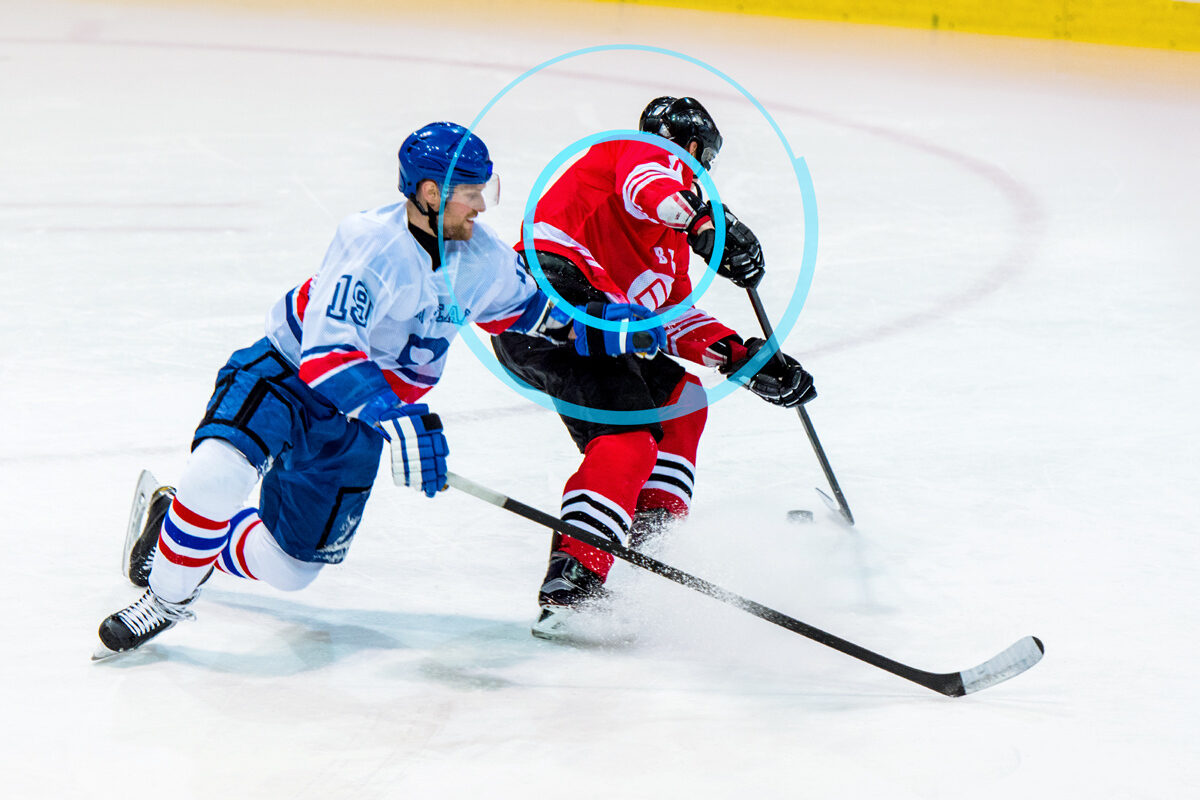

Performance
Professional team players have to withstand many collisions with opponents. But which players need to endure the most? By tracking your players, we can help keep them safe. We do this by developing customized workout plans and personal load management plans.
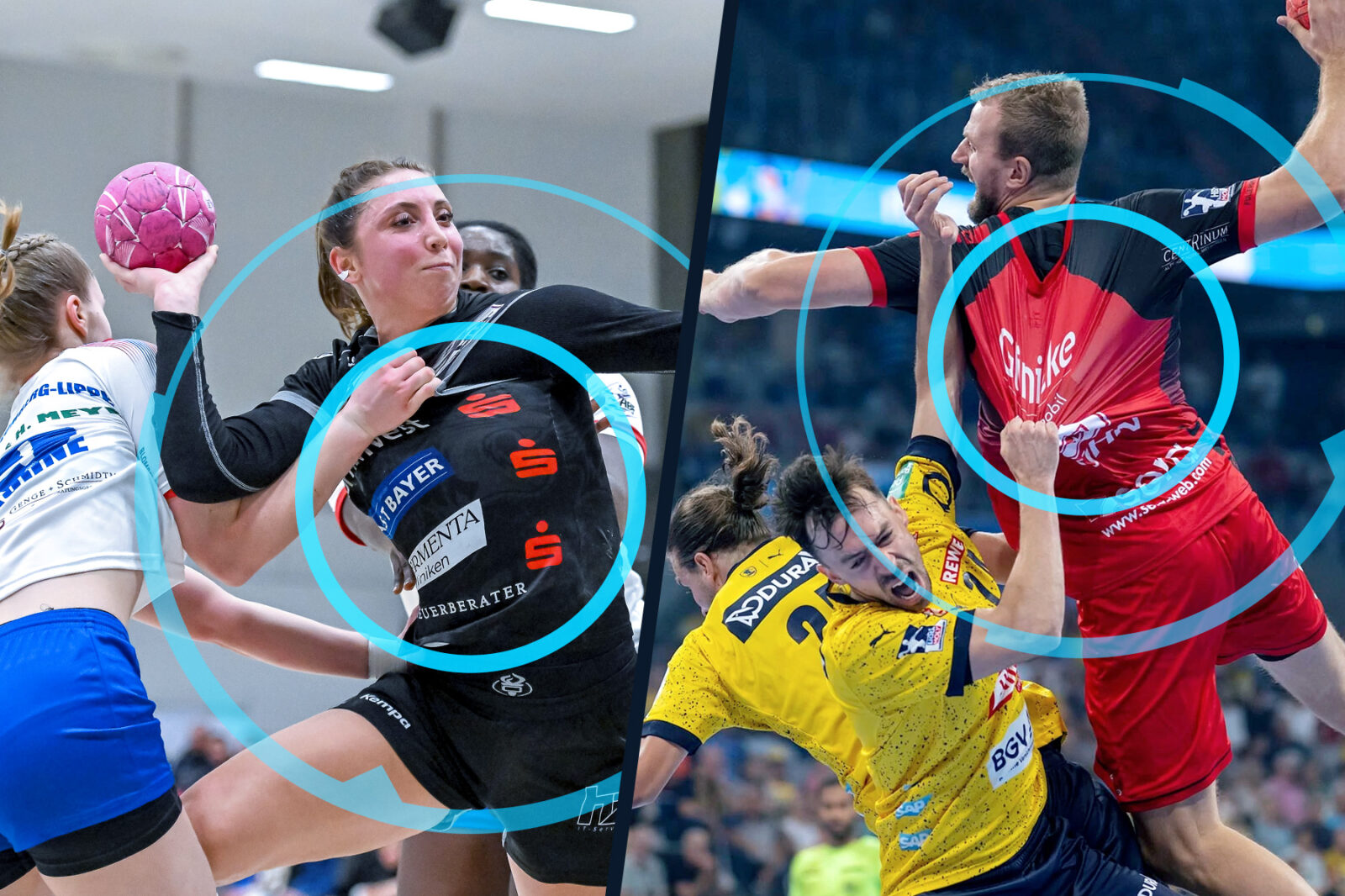
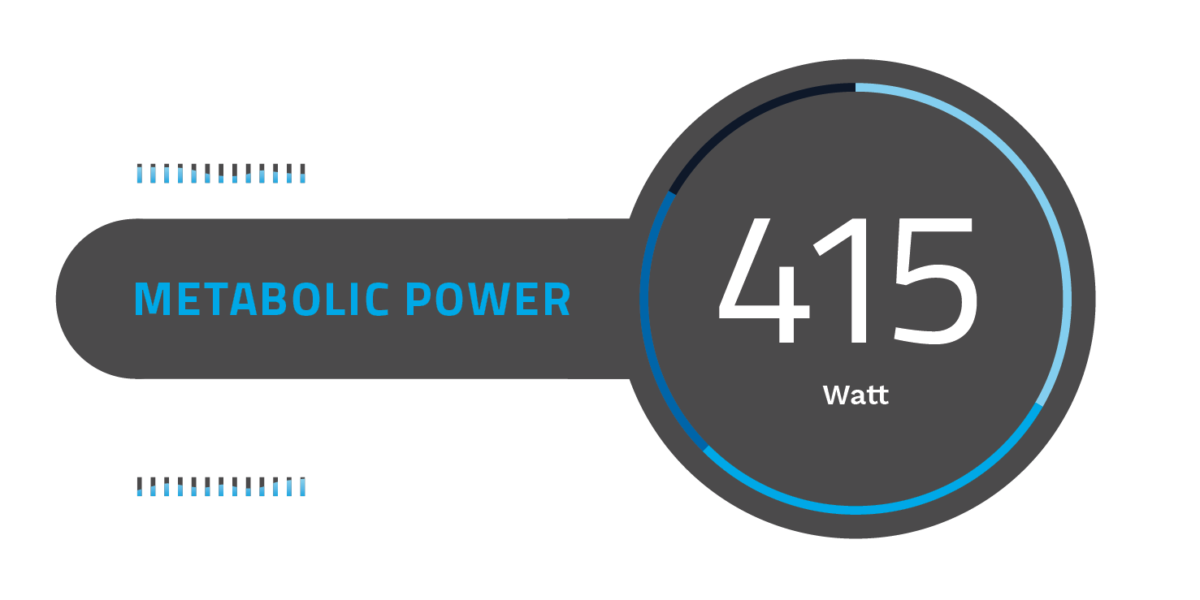
Load
Load and stress vary from position to position. Some players have to cover longer distances, others have to sprint or jump a lot. Load management data helps you to track which of your players performs at the most intense levels.
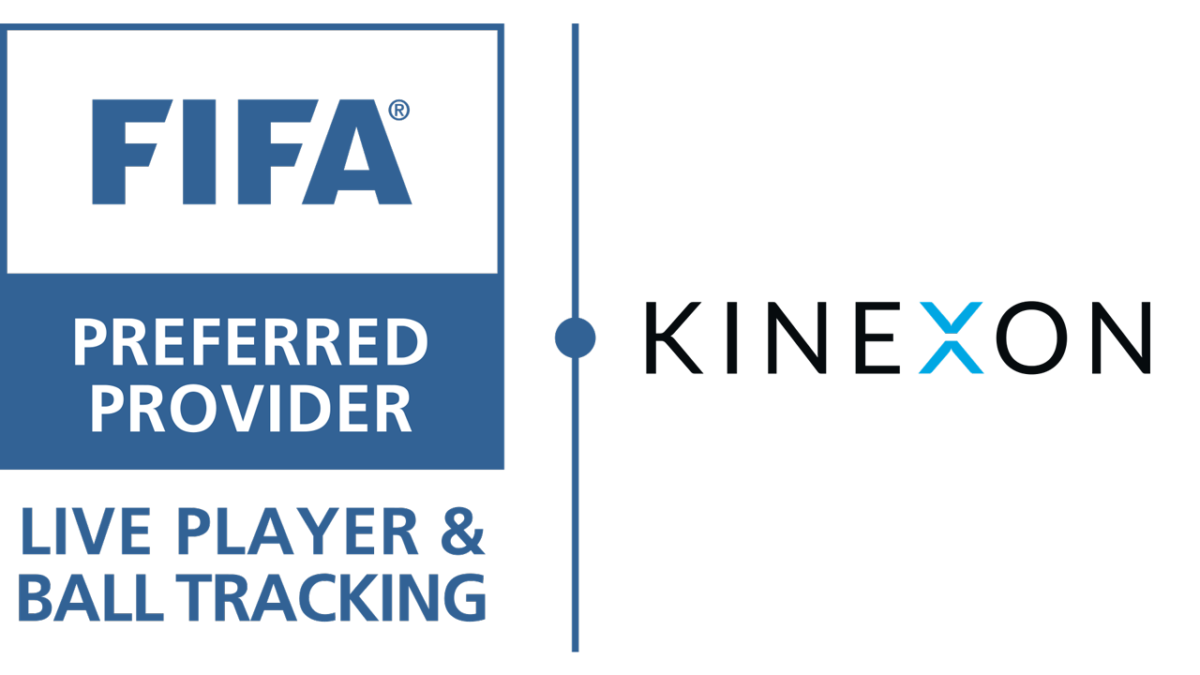
FIFA's Preferred Provider of Live Player & Ball Tracking
Player and ball tracking by KINEXON has been successfully validated during FIFA EPTS testing. As of July 2022, KINEXON is the world’s first technology provider with a “FIFA Preferred Provider Live Player & Ball Tracking” designation
Our strive for innovation is relentless. KINEXON was the first sports analytics company worldwide to integrate a localization and motion sensor into an official ball. We stream ball/match data during official matches. It’s just one of reasons we’re considered the pioneer in the field of indoor and outdoor sports tracking.
